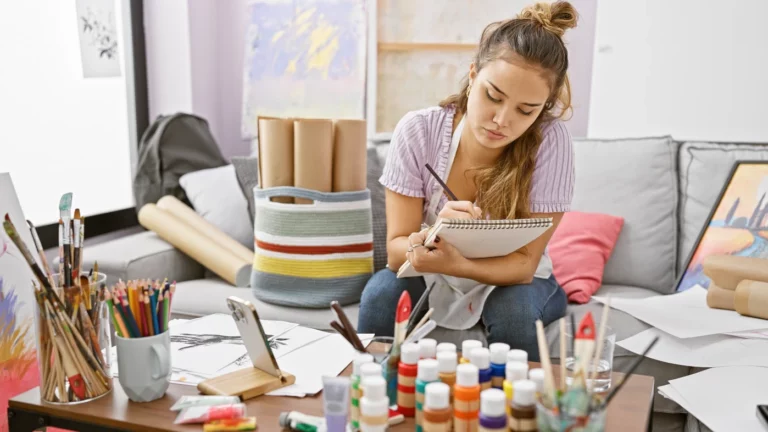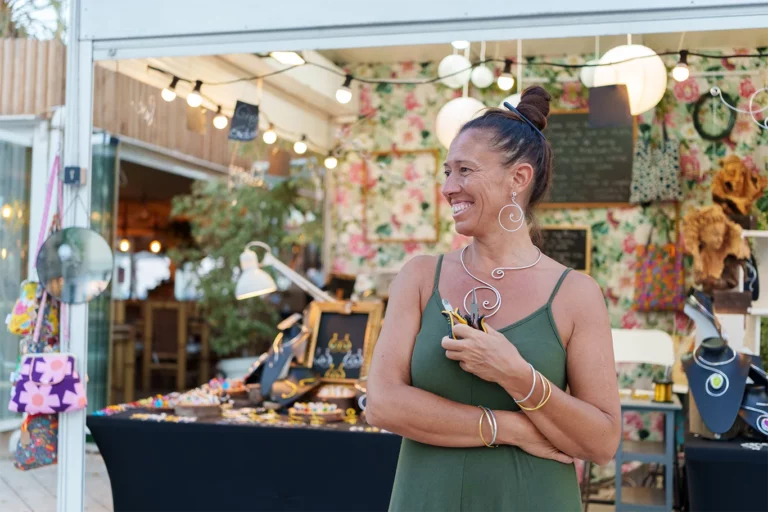
How to Find Your Niche in the Arts and Crafts Market (Without Losing Your Spark)
Read More »
Is having a niche really that important as a creative, or is

Is having a niche really that important as a creative, or is

Figuring out the best shows to sell your creations doesn’t have to

Table of Contents This is your sign to start pricing your art

As a crafter, you get to do what you love daily, but finding new customers can be a challenge. Here are four tips to help you grow your customer base.
Starting at $49/Event or $24.25/Month